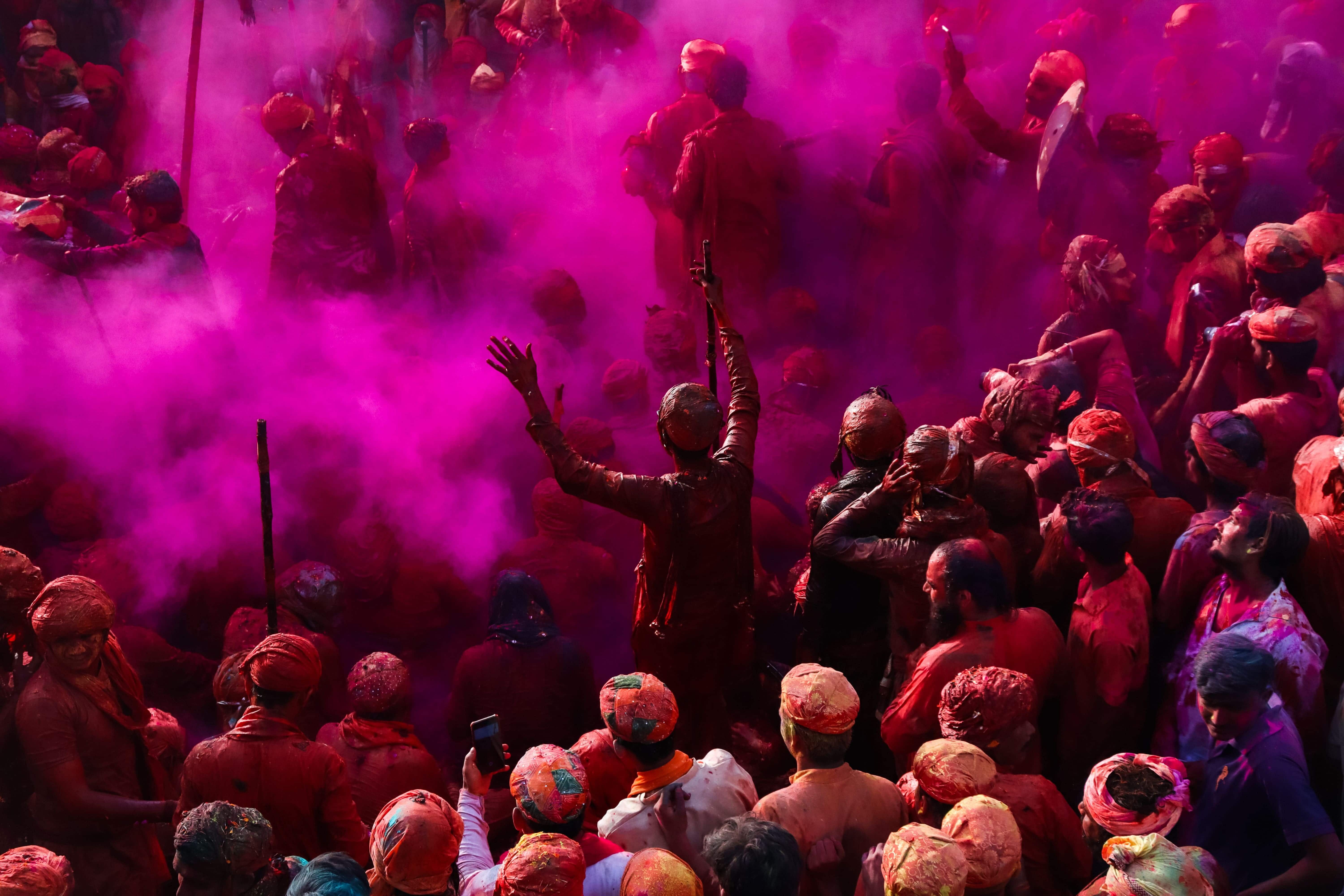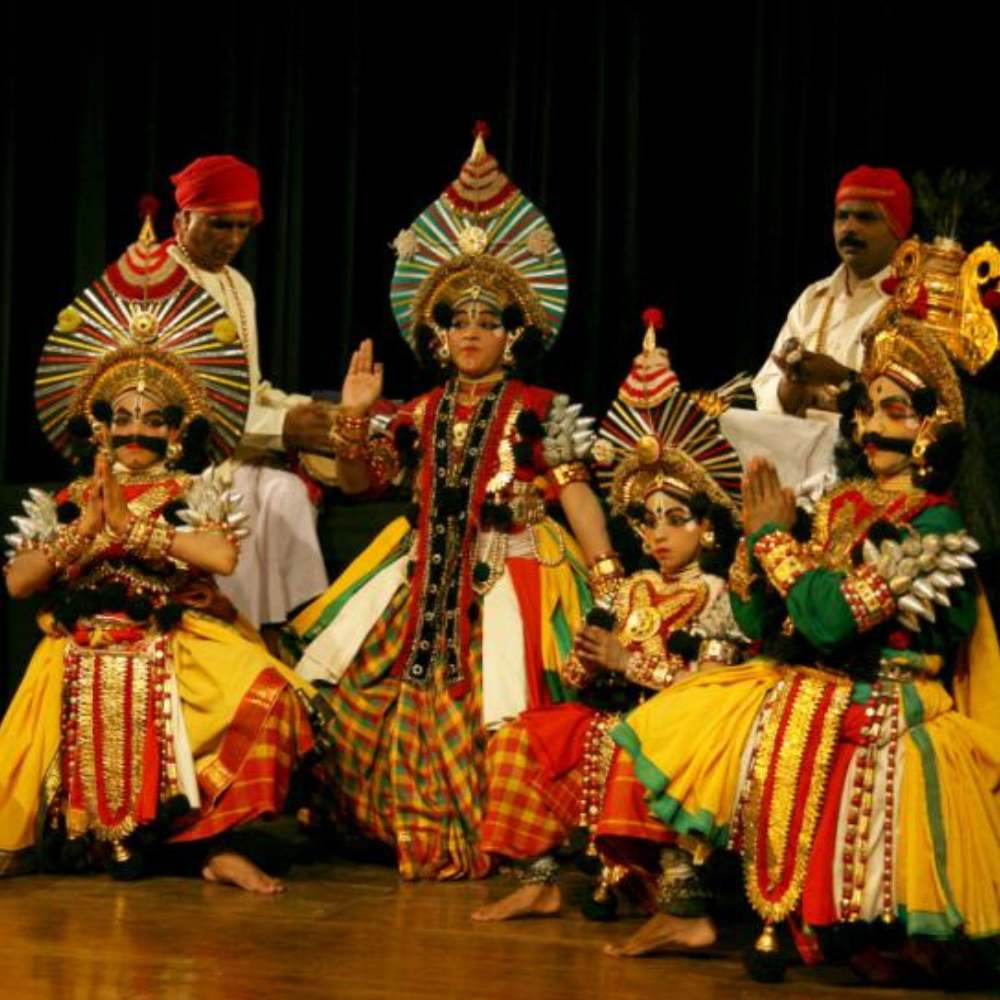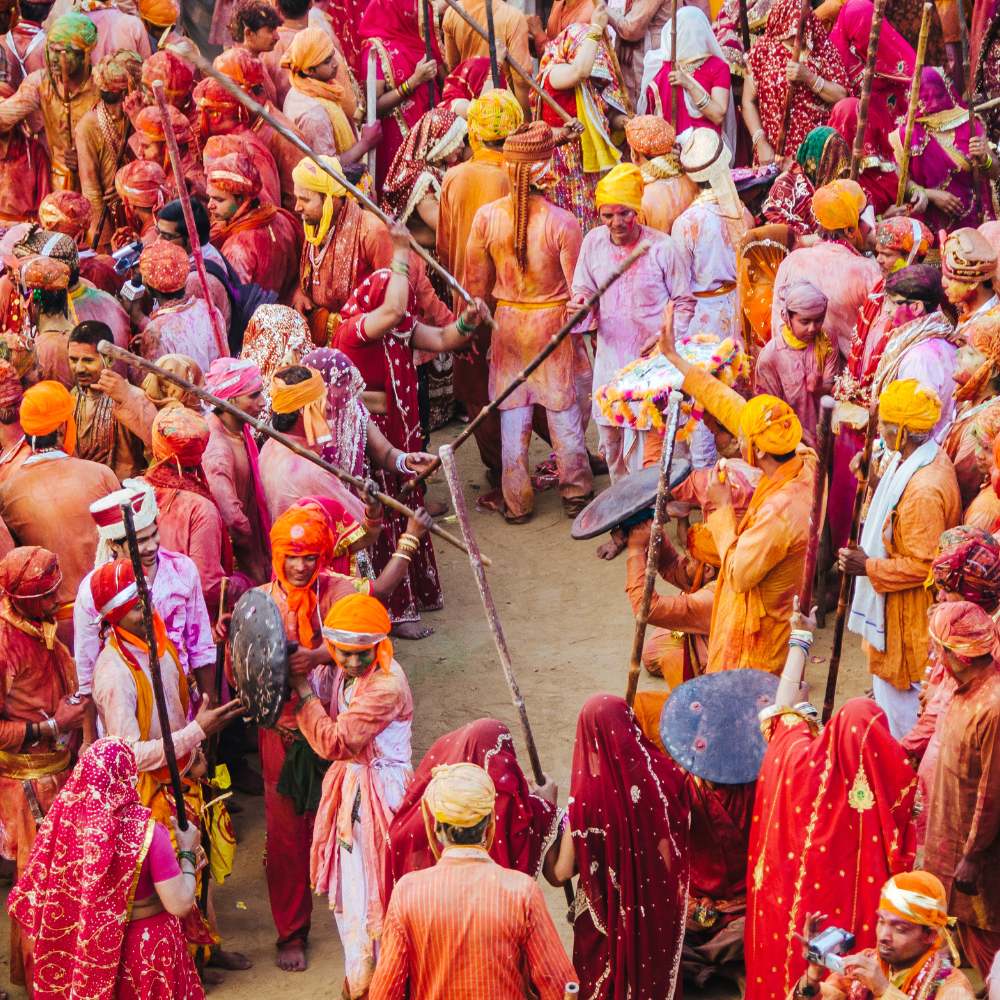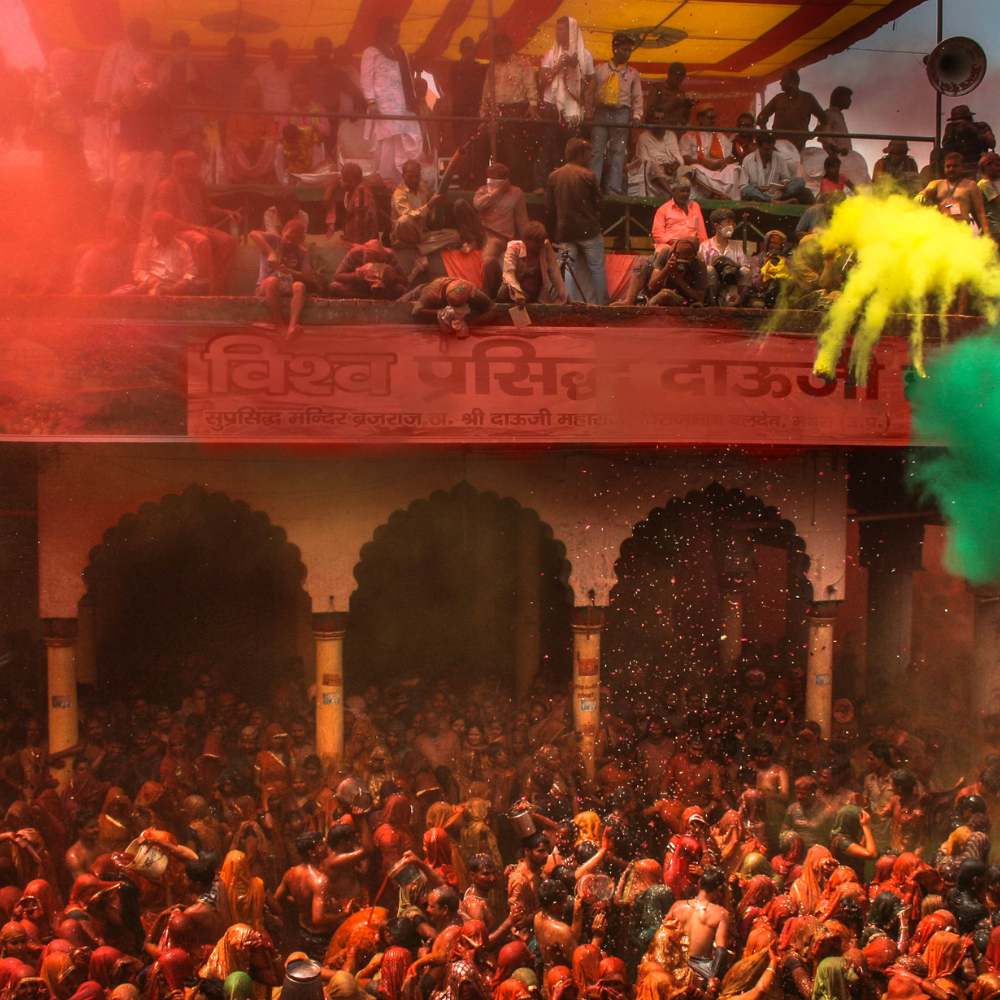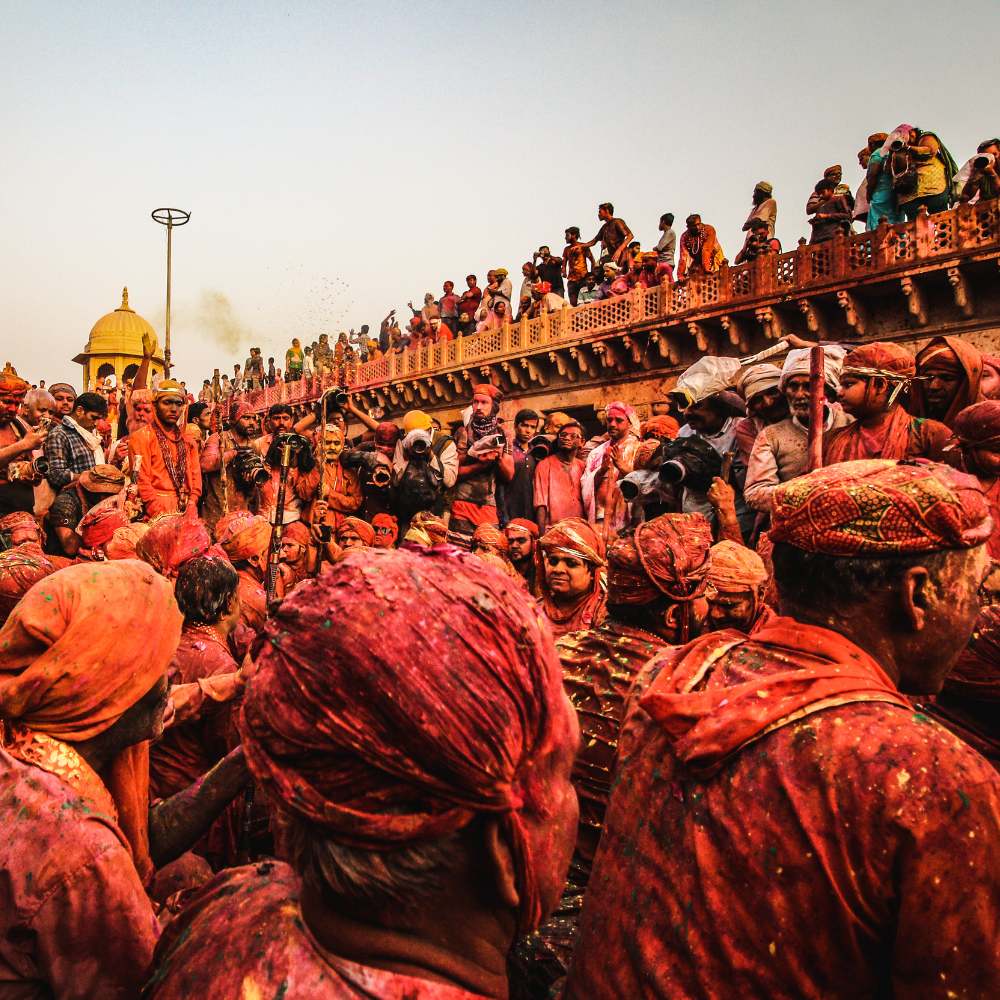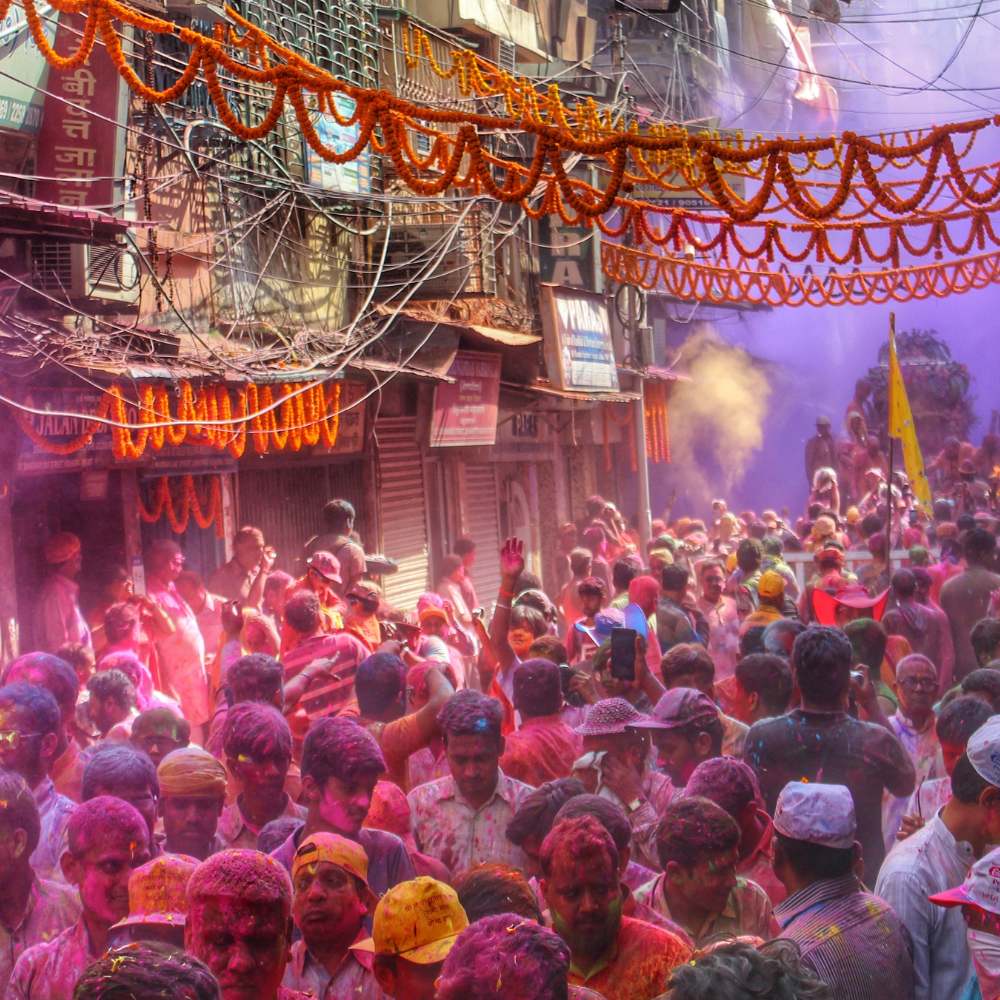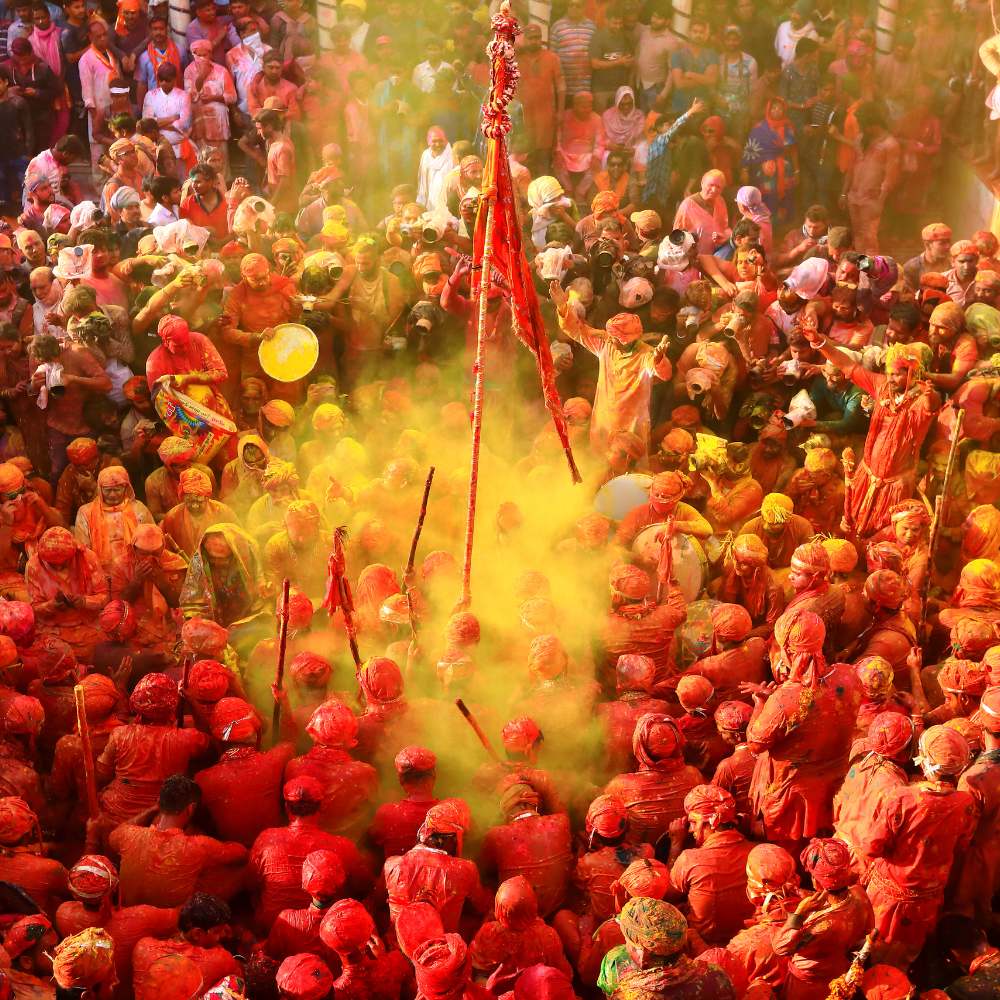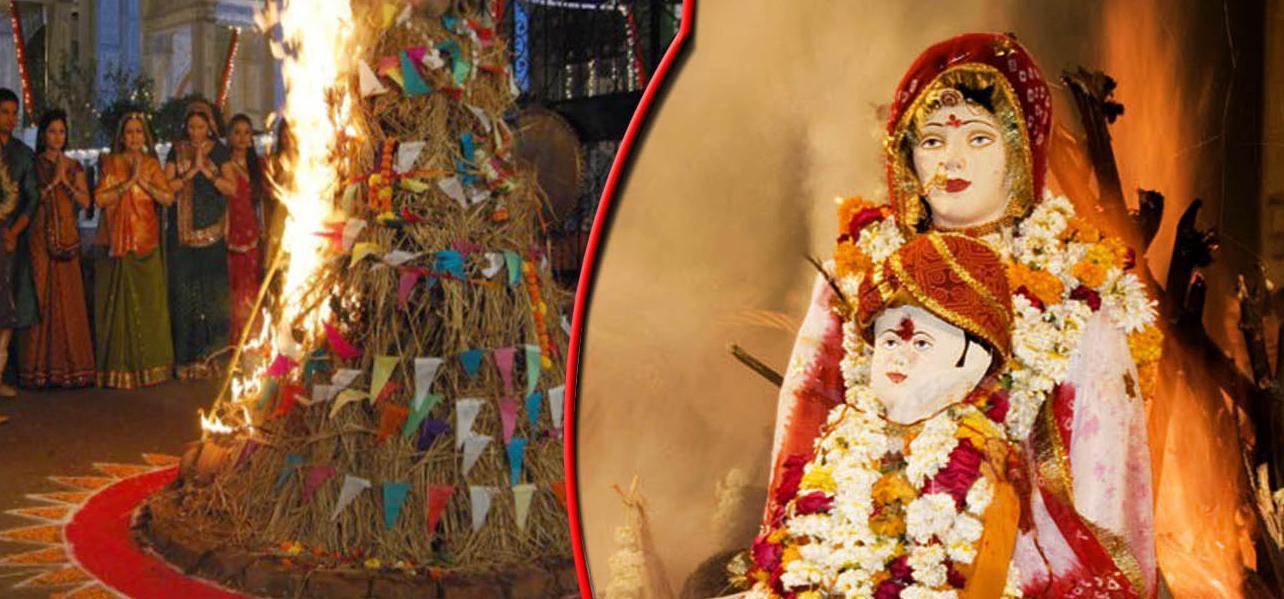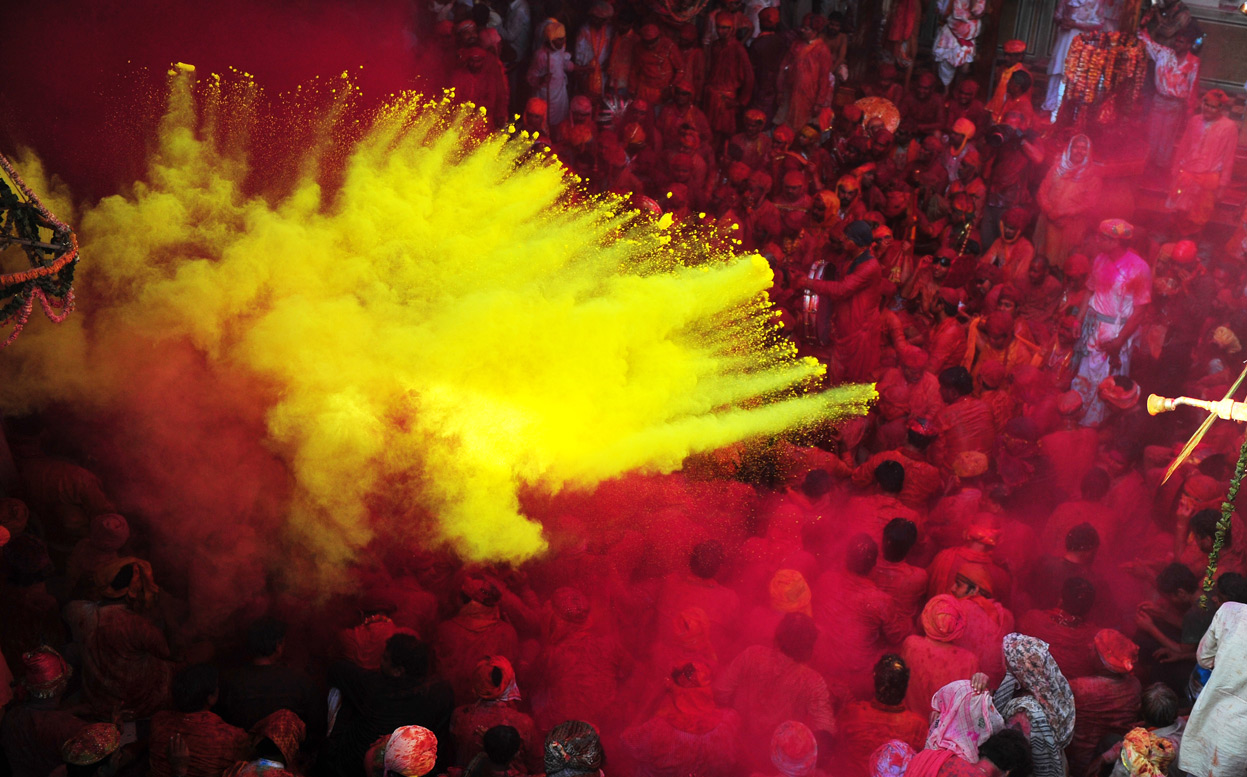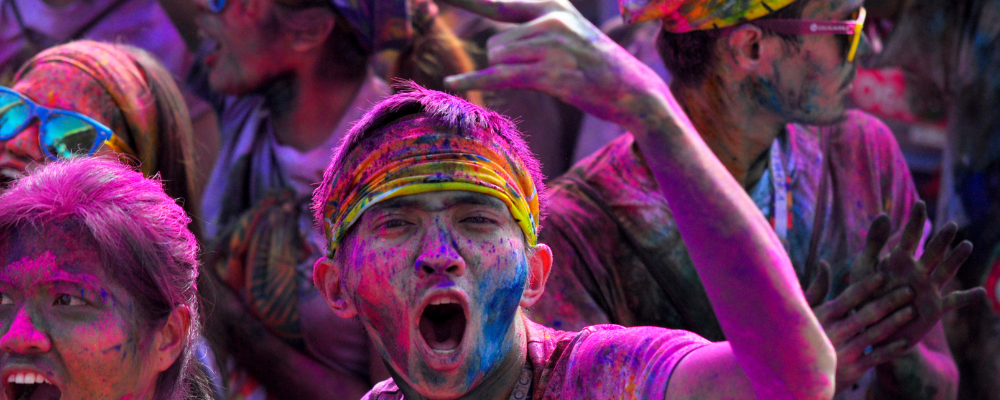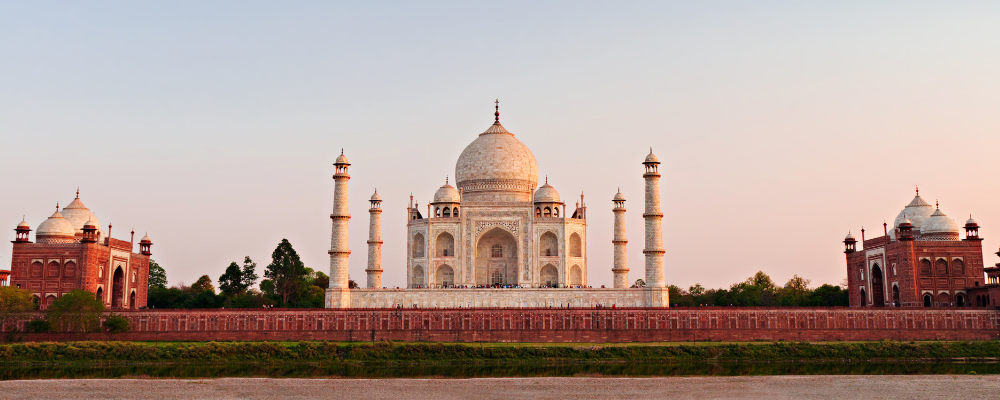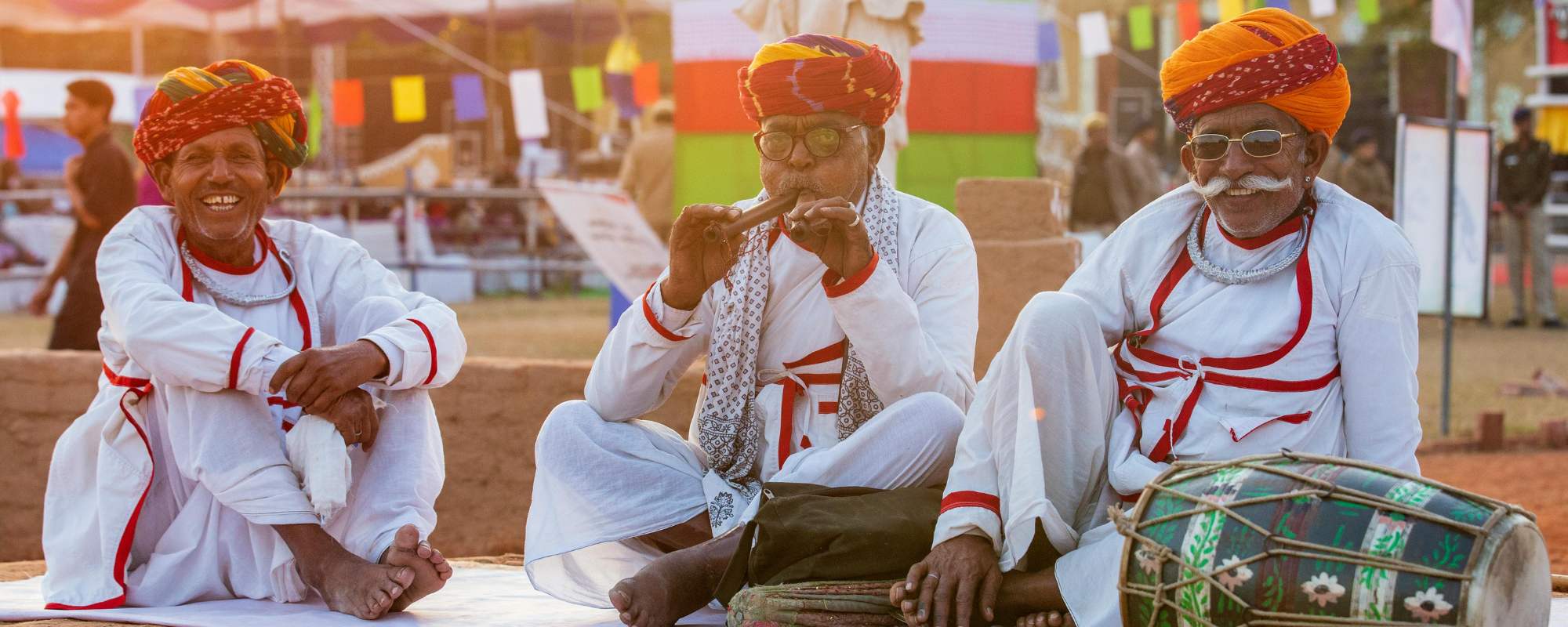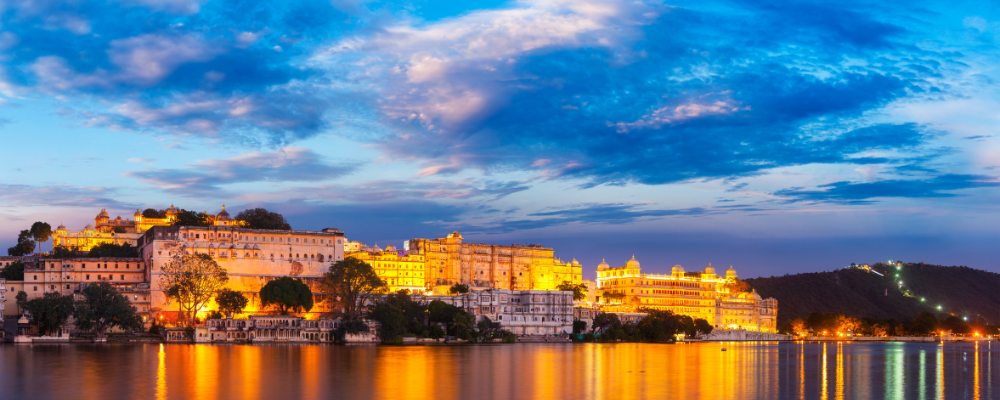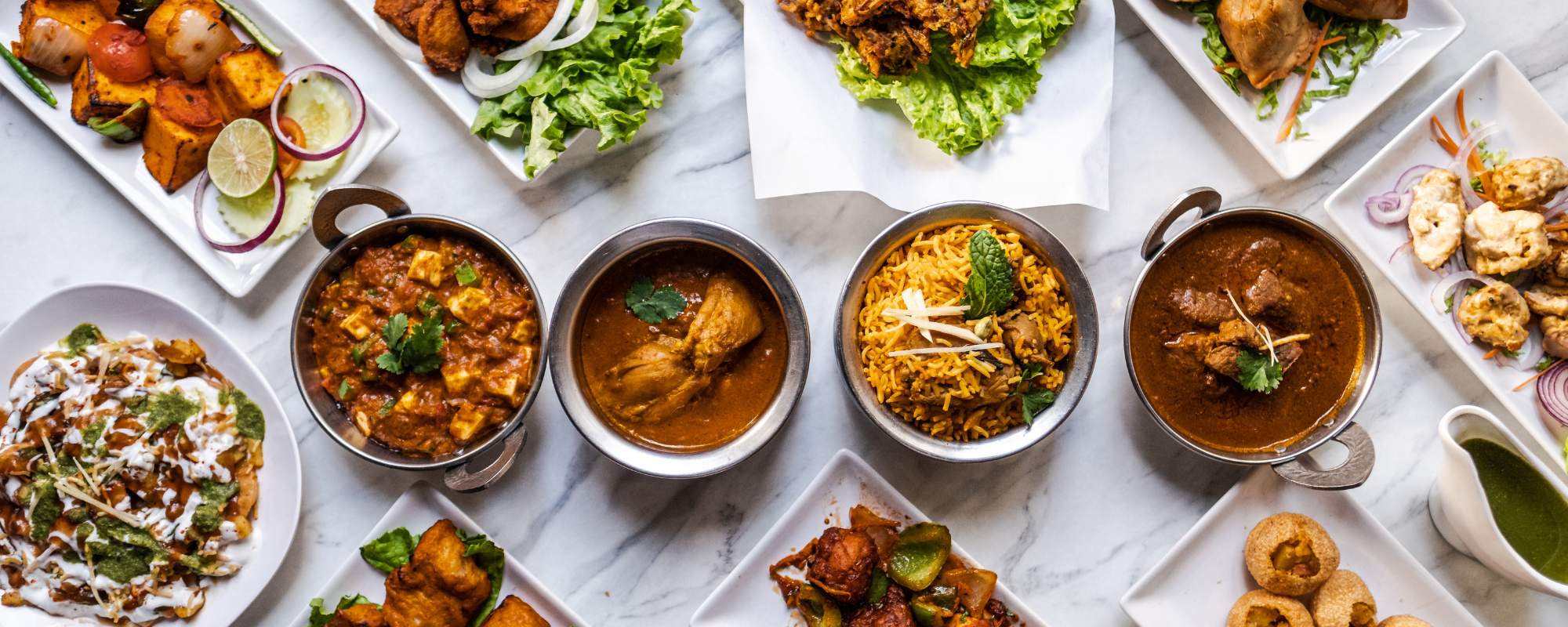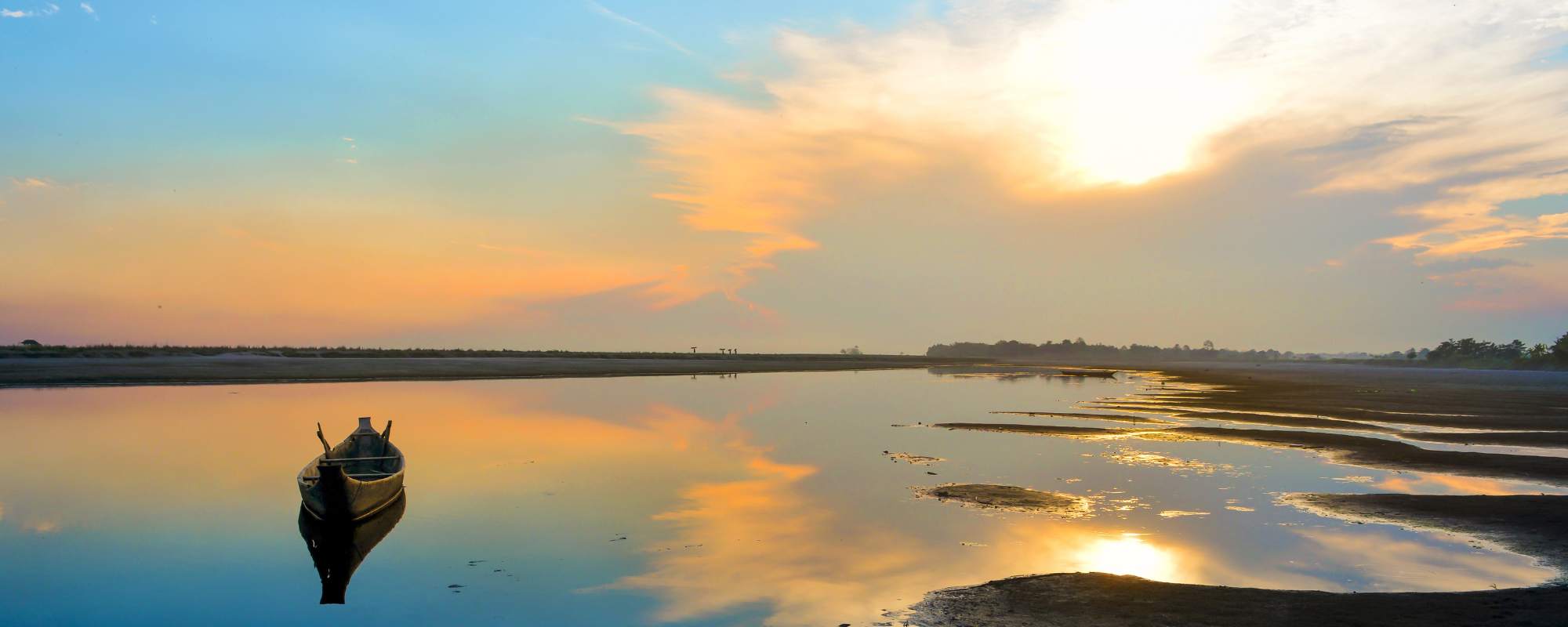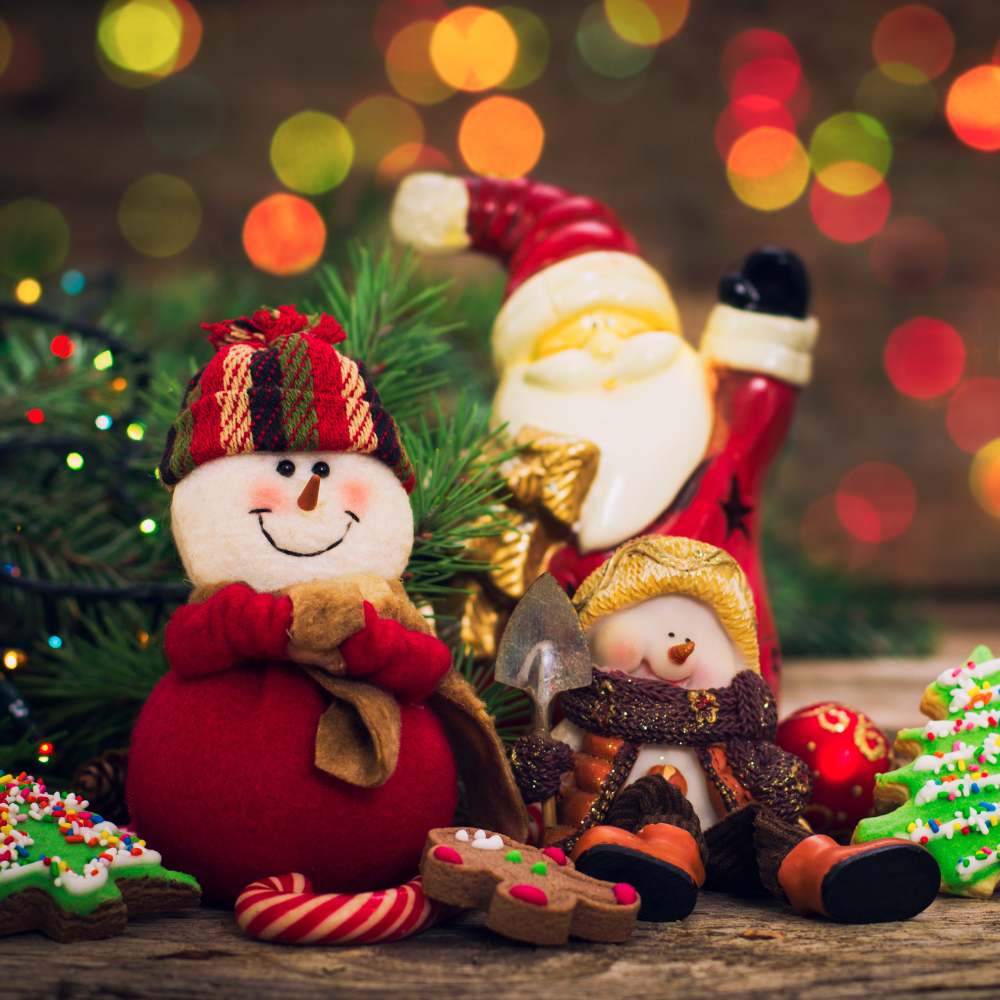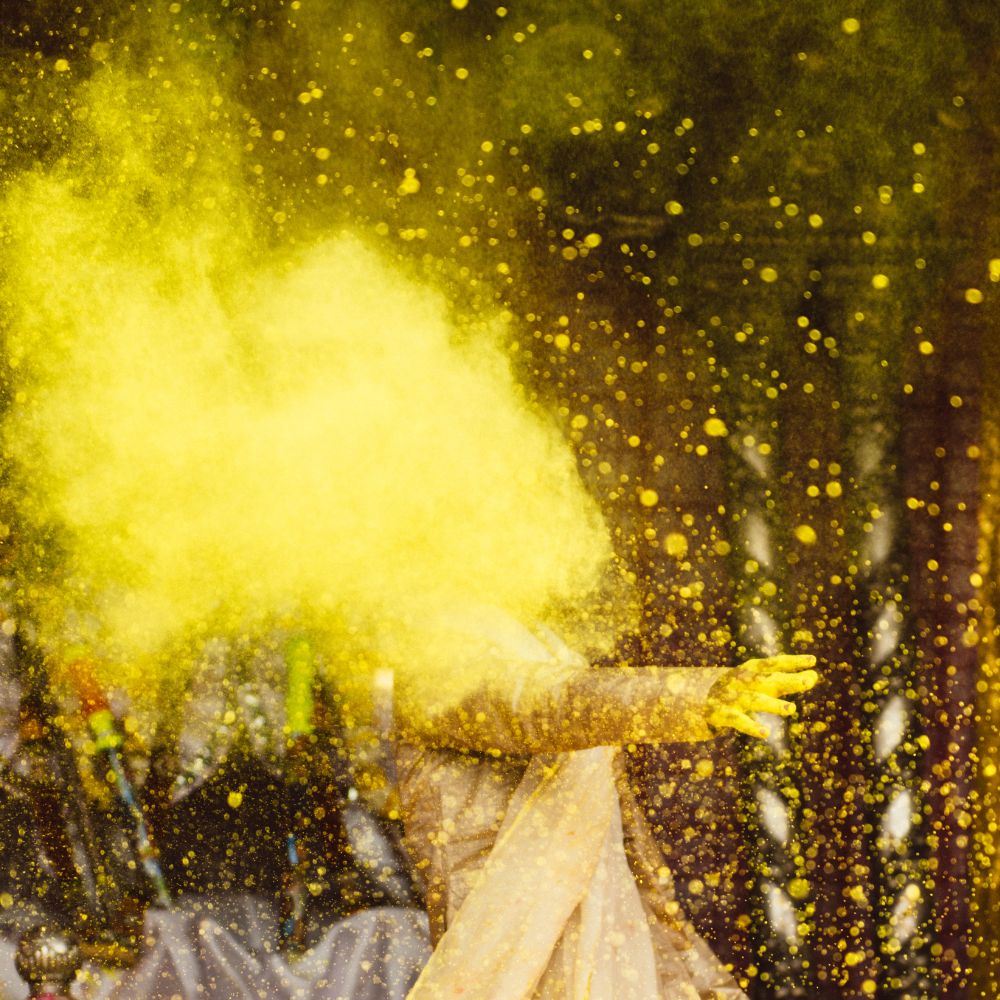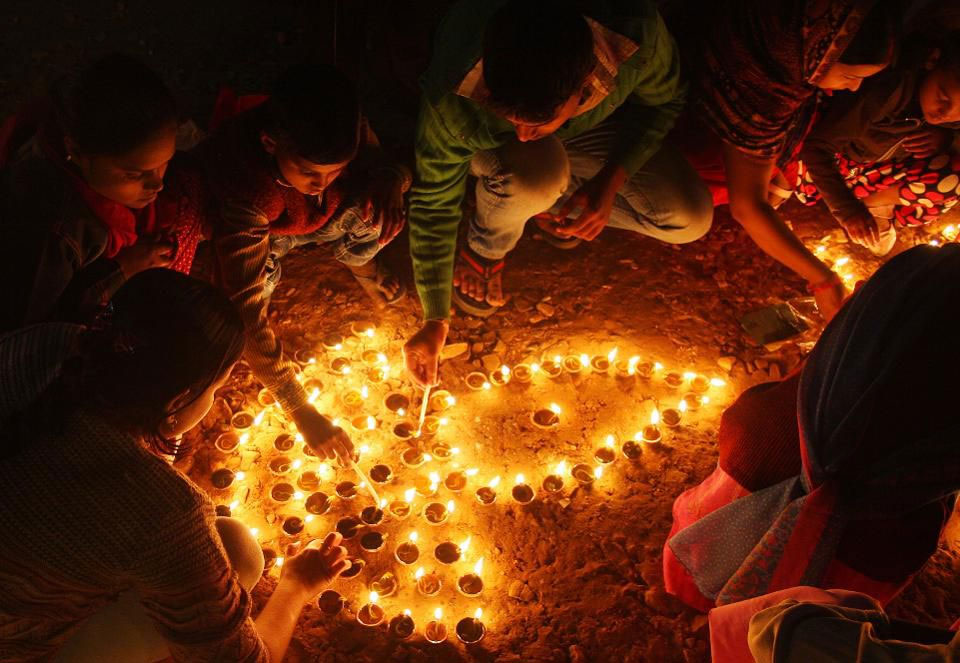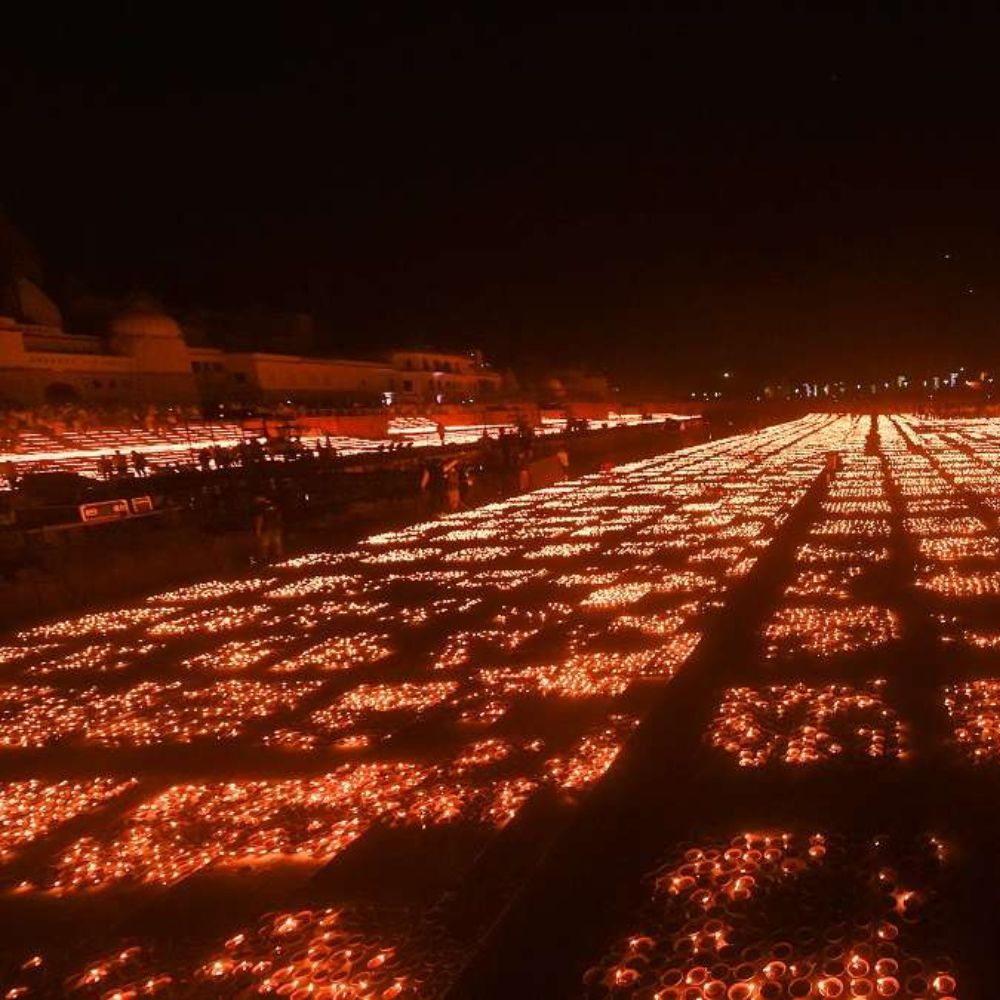An ancient Hindu religious festival “Holi” or “Basanta Utsav” is a spring festival, also known as the festival of colors or the festival of sharing love.
On the day of Holi societal rankings such as caste, gender, age, and status are eschewed in the spirit of making merry together, and everyone is fair game to be doused with color.
Holi’s traditions vary throughout the country and have their roots in Indian mythology.
Significance of Holi –
Holi is celebrated during the vernal equinox; According to the Hindu calendar, it is celebrated on the last full moon of the lunar month. The festival date varies every year as per the Hindu calendar and typically comes in March, sometimes in February as per the Gregorian calendar.
The festival signifies the victory of good over evil, the arrival of spring, end of winter; for many a festive day to meet others, to end conflicts by meeting others, play and laugh, forget and forgive, and repair broken relationships, and is also celebrated as a thanksgiving for a good harvest.
The Holi festival has further cultural significance. Earlier it was identified as a festival that celebrated agriculture and commemorated good spring harvests and fertile land. Hindus believe it is a time of enjoying spring’s abundant colors and saying farewell to winter.
To many Hindus, Holi festivities mark the beginning of the New Year as well as an occasion to reset and renew ruptured relationships, end conflicts, and rid themselves of accumulated emotional impurities from the past.
According to one Hindu mythology –
The word “Holi” originates from “Holika”, the evil sister of the demon king Hiranyakashipu. The festival itself is believed to have origins from the Prahlada-Puri Temple of Multan in the Punjab region. The original temple of Prahladpuri is said to have been built by Prahlada, Hiranyakashipu’s son.
King Hiranyakashipu, according to legend, was the King of Multan and had earned a boon that made him virtually indestructible. He grew arrogant, thought he was God, and demanded that everyone worship only him.
Hiranyakashipu’s son, Prahlada, however, disagreed. He was and remained devoted to Lord Vishnu (a Hindu deity). This infuriated Hiranyakashipu. He subjected Prahlada to cruel punishments, none of which affected the boy or his resolve to do what he thought was right. Finally, Holika – Prahlada’s evil aunt – tricked him into sitting on a pyre with her. Holika was wearing a cloak that made her immune to injury from fire, while Prahlada was not. As the fire roared, the cloak flew from Holika and encased Prahlada. Holika burned, but Prahlada survived. Seeing this, Hiranyakashipu, unable to control his anger, smashed a pillar with his mace. There was a tumultuous sound, and Lord Vishnu appeared as Lord Narasimha and killed Hiranyakashipu.
The bonfire is a reminder of the symbolic victory of good over evil, of Prahlada over Hiranyakashipu, and of the fire that burned Holika. The next day when the fire cooled down, people applied ash to their foreheads, a practice still observed by some people. Eventually, people started using colored powder to celebrate Holi.
Another Hindu mythology says –
There is a symbolic myth behind Holi celebrations. As a baby, Krishna (a Hindu deity) developed his characteristic dark blue skin color because the she-demon Putana poisoned him with her breast milk. In his youth, Krishna despaired about whether the fair-skinned Radha and other girls would like him because of his skin color. His mother, tired of the desperation, asks him to approach Radha and color her face in any color he wants. This he does, and Radha and Krishna became a couple.
Ever since the playful coloring of Radha’s face has been commemorated as Holi. In the Brij region of India, where the Hindu deity Krishna grew up, this festival is celebrated for 16 days in commemoration of the divine love of Radha for Krishna.
How is Holi Celebrated?
1. Holika Dahan (The Bonfire Night)
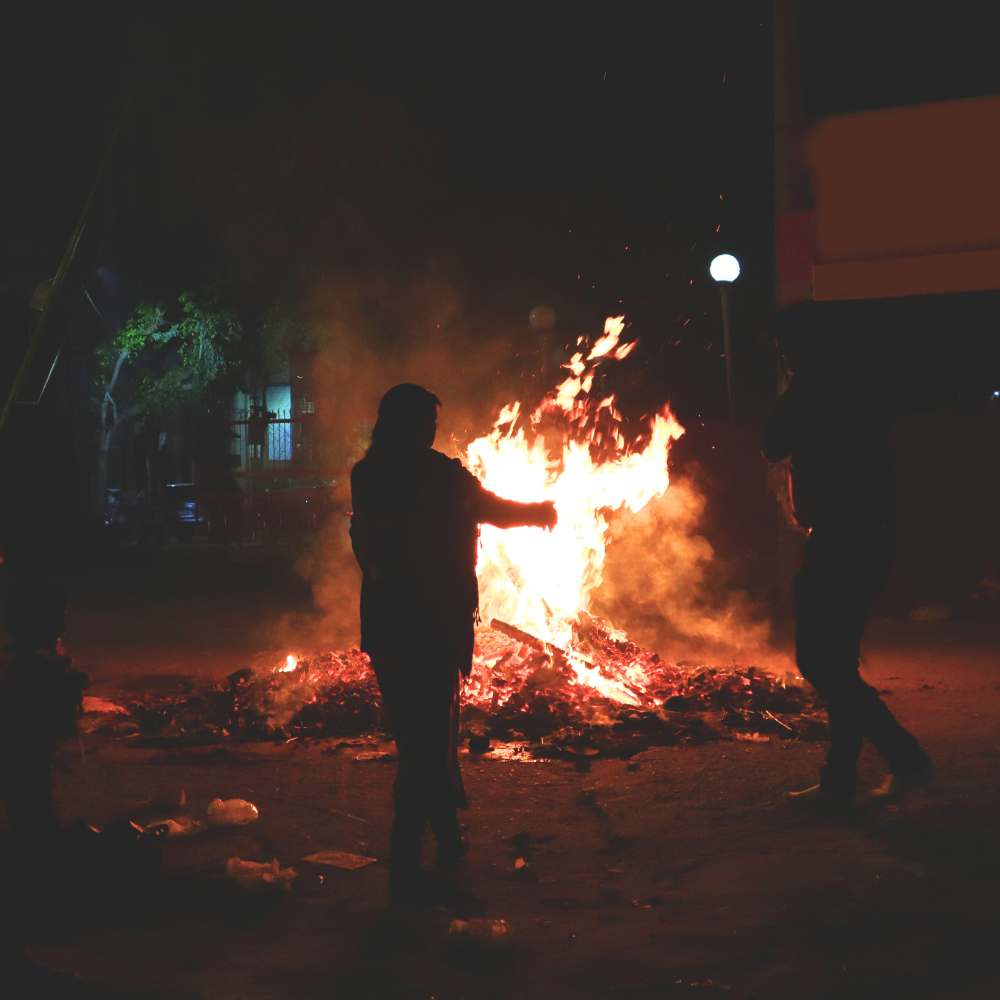
Holi celebrations start on the night before playful Holi with a Holika bonfire where people gather, sing, dance, and party. Days before the festival, people start gathering wood for the bonfire in parks, community centers, near temples, and other open spaces. On top of the pyre is an effigy to signify Holika who tricked Prahalad into the fire. The ritual symbolizes the victory of good over evil.
2. The Festival of Colors
The following morning marks the actual Holi celebration—a carnival of colors starts, where people play and chase each other with colored powders and colored water, some carry water guns and balloons filled with colored water. Anyone and everyone are fair game, friends or strangers, rich or poor, man or woman, children, and elders.
The fun & frolic chase with colors happens in the open streets, open parks, outside temples, and buildings. Groups carry drums and other musical instruments, go from place to place, sing, and dance. People visit with family, friends, and foes to paint them in colored powders, laugh and gossip, and then share Holi delicacies, food, and drinks. Some drinks are intoxicating. For example, Bhang, a popular Holi drink intoxicating ingredient made from cannabis leaves, is mixed into drinks and served with regional sweets.
Holi Celebrations Across India
Mathura and Vrindavan – The Heart of Holi
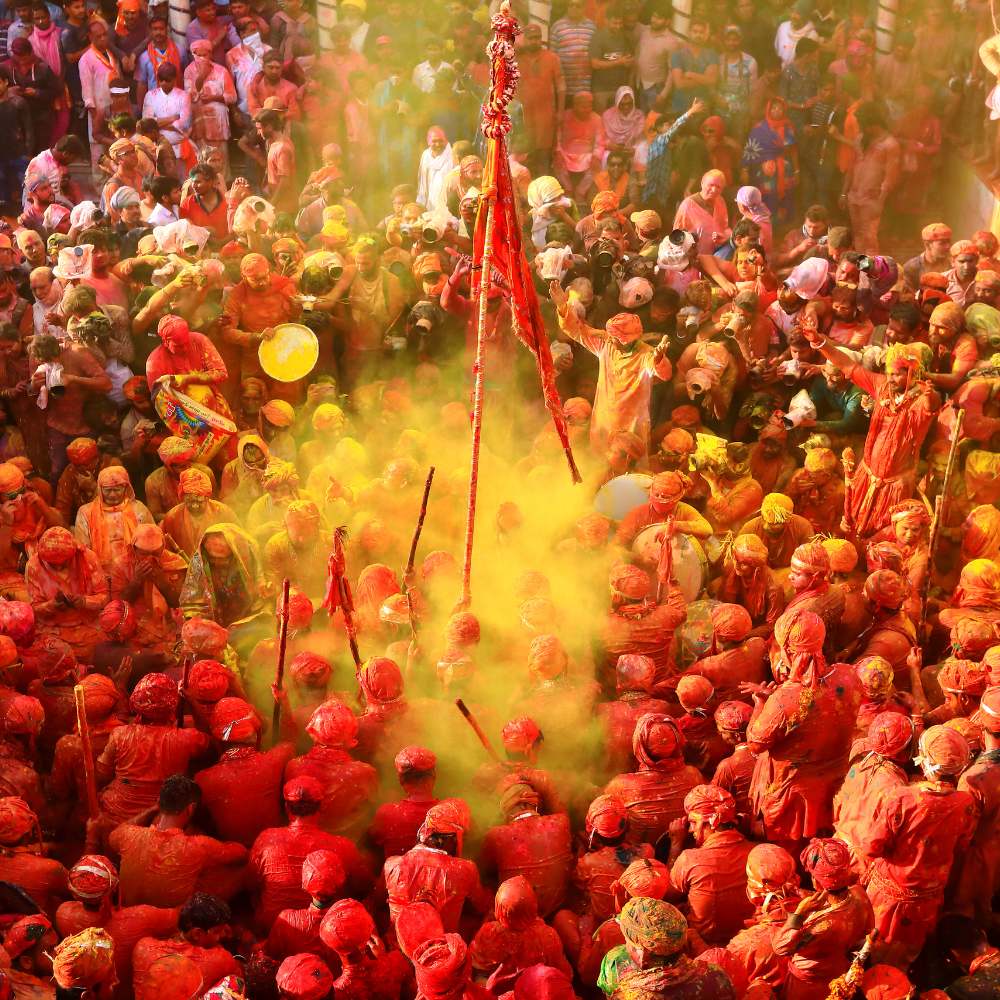
The grandest Holi celebrations place in Mathura and Vrindavan, where the festivities last for 16 days. The temples of Banke Bihari and Dwarkadhish host special ceremonies, attracting thousands of devotees.
Barsana and Nandgaon – Lathmar Holi
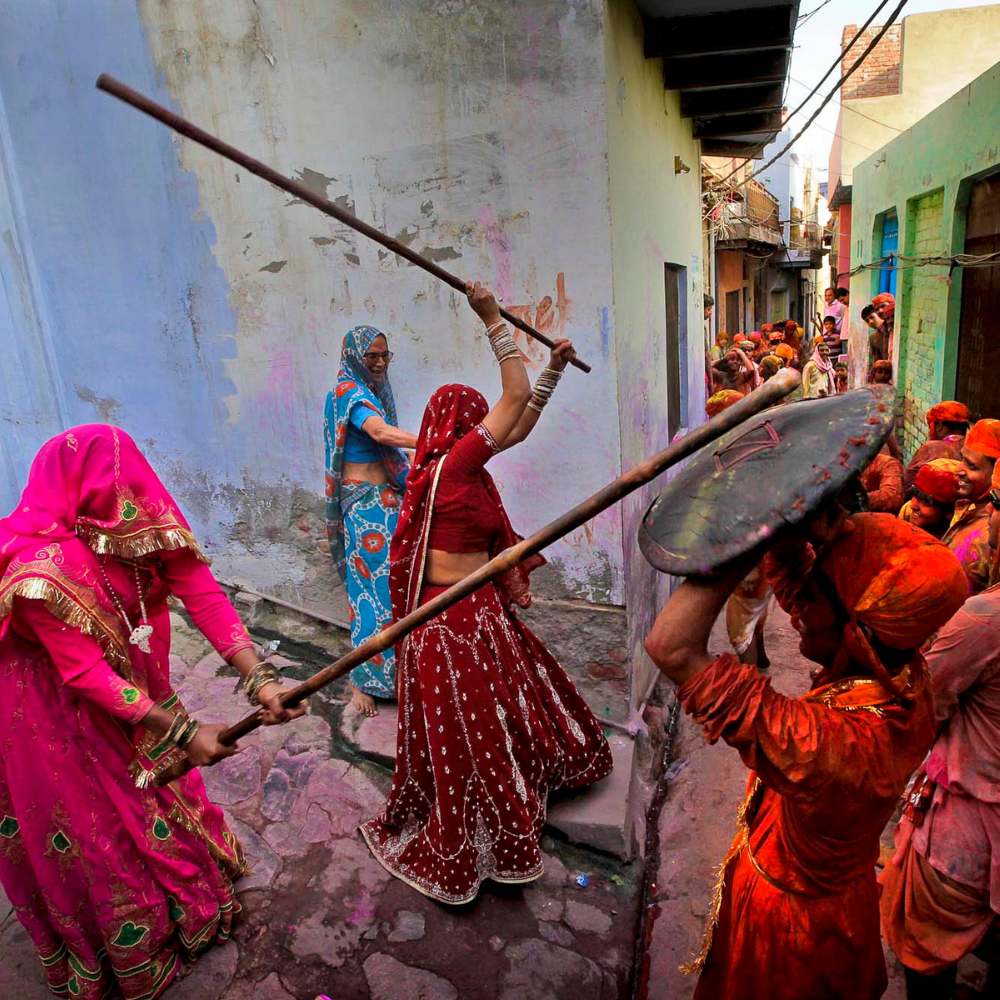
In Barsana, the festival takes an interesting turn with "Lathmar Holi," where women playfully hit men with wooden sticks (lathis). Men from Nandgaon try to drench the women in colors, but the women retaliate by beating them. This tradition is inspired by the tales of Radha and Krishna.
Holi in Gujarat and Maharashtra
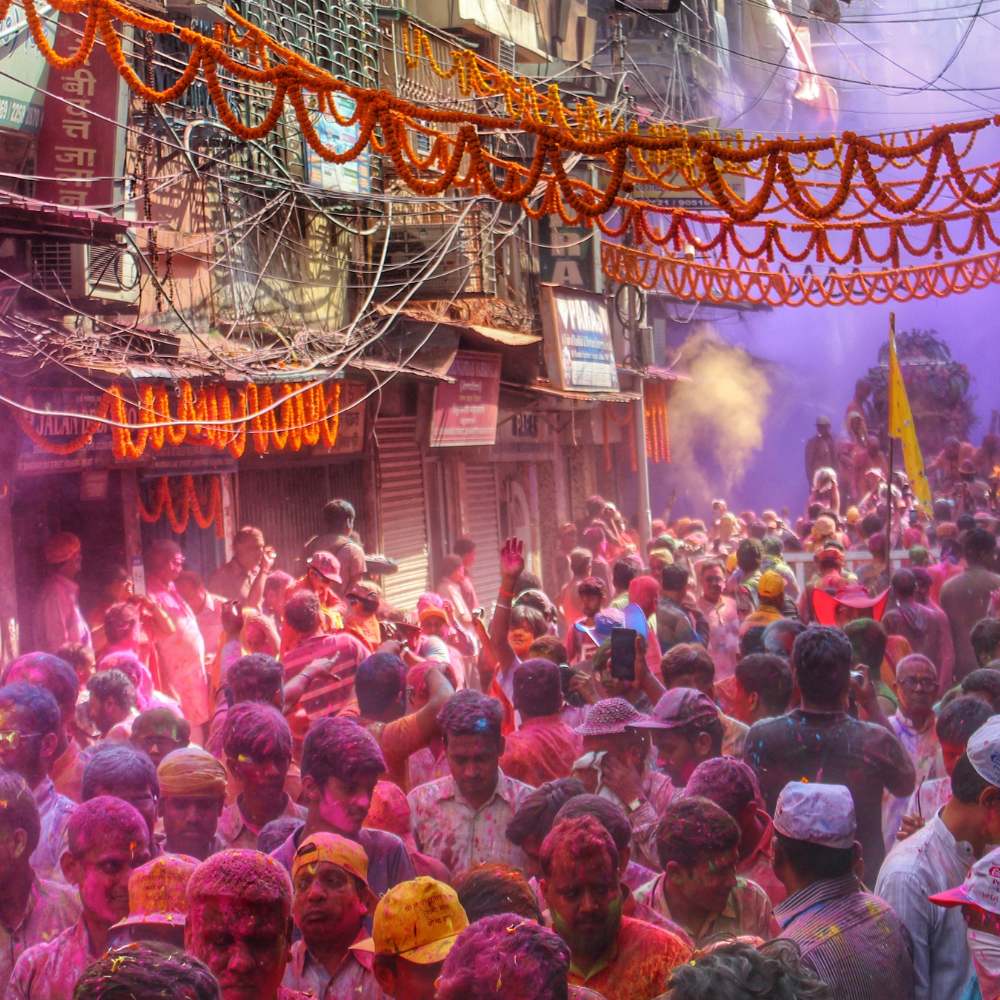
In Maharashtra and Gujarat, Holi is celebrated with the breaking of the Dahi Handi (a pot of buttermilk) suspended high in the air. Young boys form human pyramids to break the pot while girls splash water and colors on them, recreating Krishna’s playful attempts to steal butter. The boy who manages to break the pot is crowned the "Holi King."
Holi in Uttarakhand – The Musical Kumaoni Holi
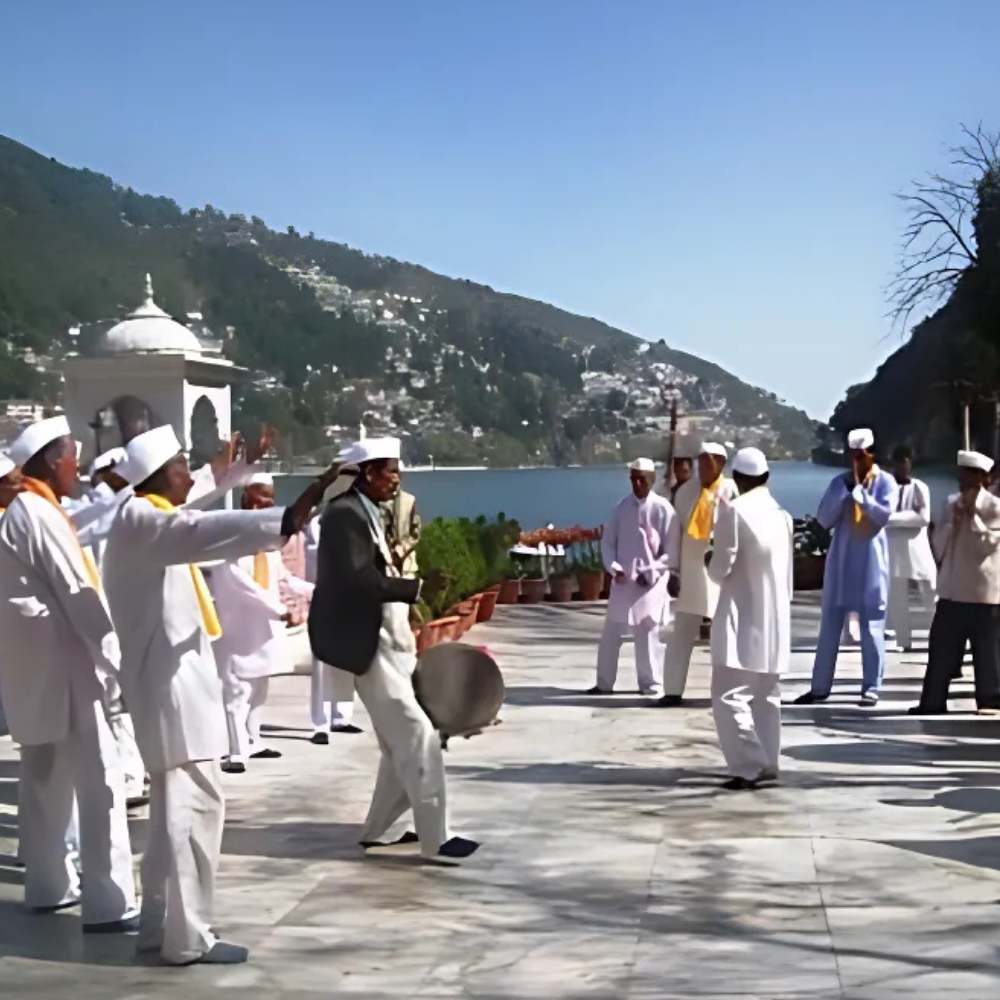
Kumaoni Holi in Uttarakhand is a unique celebration that blends spirituality with music. It features Baithki Holi, Khari Holi, and Mahila Holi, where people sing classical ragas and folk songs. The time of the day dictates which raga is sung, making it an enchanting musical event.
Holi in Karnataka – Bedara Vesha
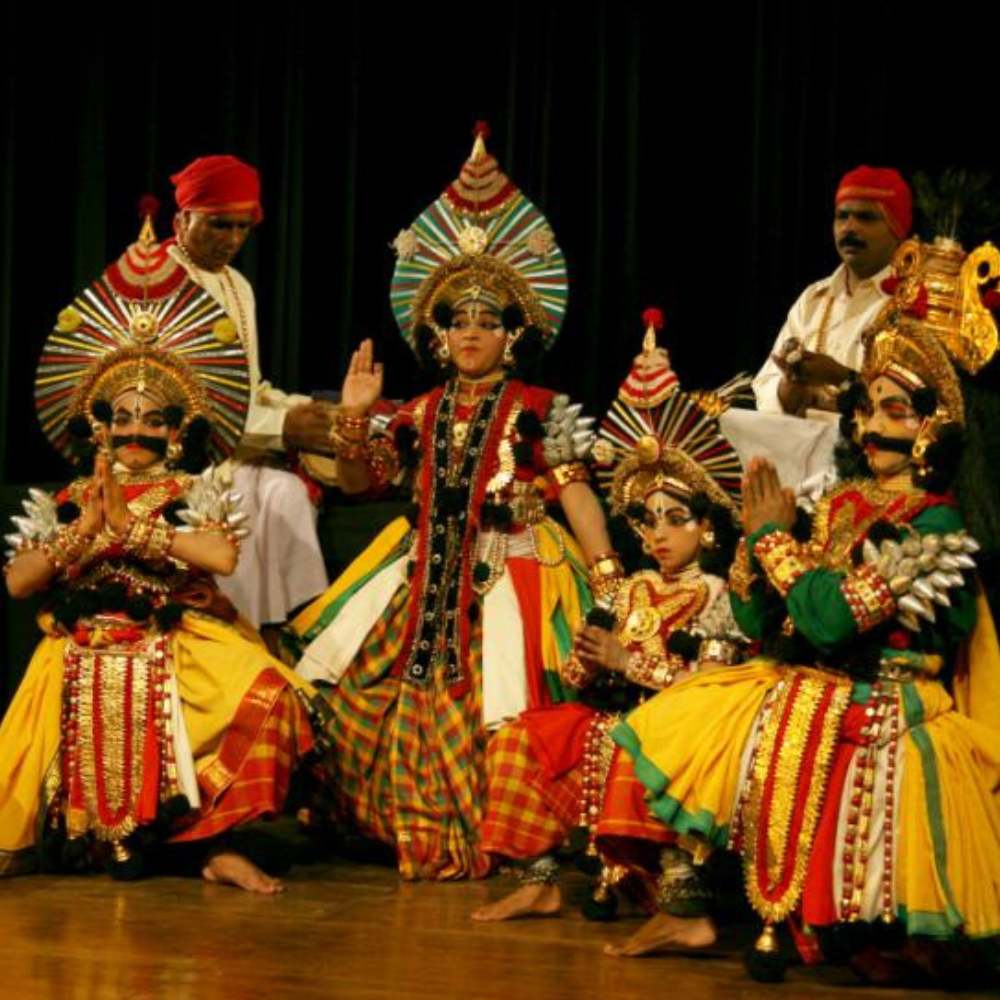
Holi celebrations in Sirsi, Karnataka, with a traditional folk dance called Bedara Vesha. This dance, performed five nights before the main festival, is a grand spectacle that attracts tourists from across India.
Holi in Punjab and Rajasthan
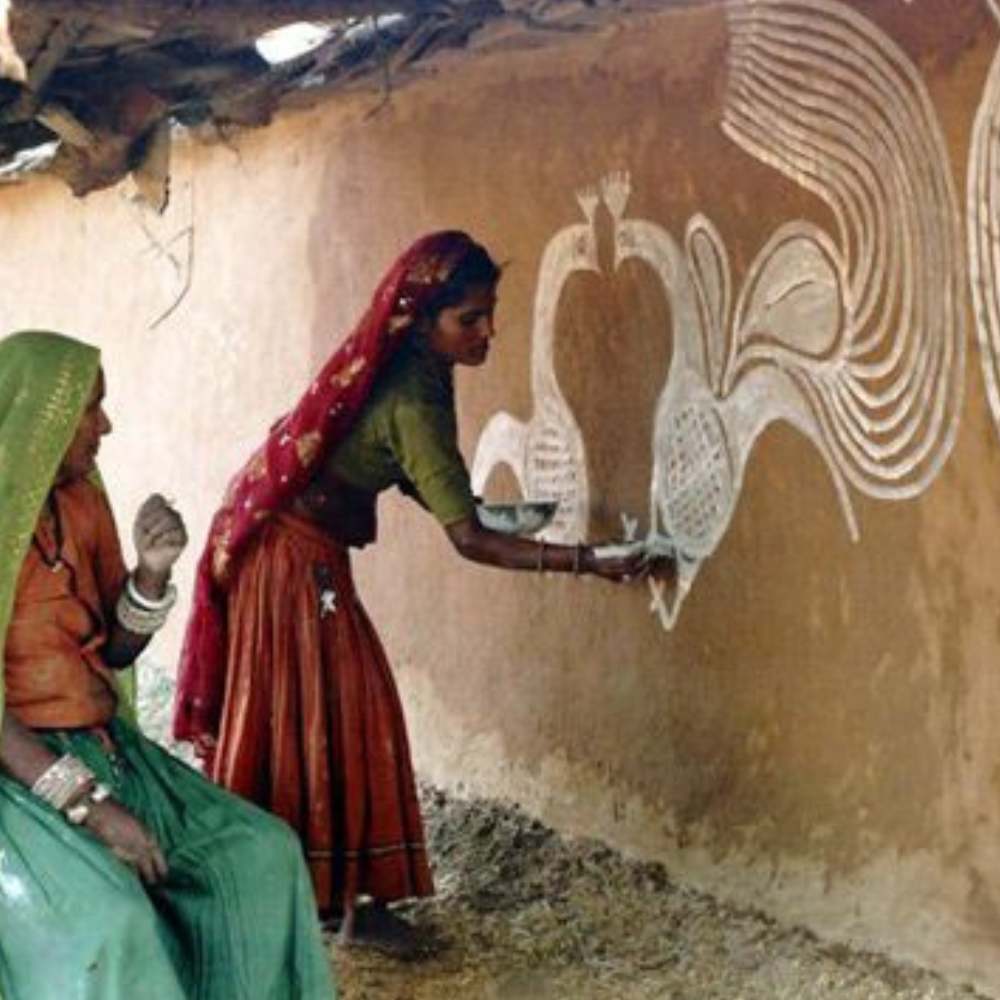
Holi celebrations in rural Punjab and Rajasthan, through artistic expression. Women decorate the walls and courtyards of their homes with intricate paintings of trees, flowers, peacocks, and traditional motifs. This art form adds to the festive spirit and showcases regional heritage.
Holi Celebrations Outside India
Holi has gained popularity worldwide, especially in countries with significant Indian communities.
- Bangladesh, Pakistan, and Nepal: Hindu communities in these regions celebrate Holi with bonfires, colors, and music.
- South Africa, Malaysia, Mauritius, and Fiji: Indian-origin populations in these countries observe Holi as a cultural and religious festival.
- The UK, USA, and Europe: Holi festivals have been adapted into large-scale public events, including Holi-inspired music festivals and color runs.
The Modern Spread of Holi
Holi has evolved into a global festival, with color runs, music festivals, and cultural events being hosted across Europe and North America. These events embrace Holi’s spirit of joy and togetherness while blending in modern entertainment.
Conclusion
Holi is more than just a festival—it is a celebration of love, happiness, and the triumph of good over evil. Whether in India or abroad, Holi brings people together, dissolving differences with a splash of color. It is a reminder that joy knows no boundaries, and unity is always worth celebrating.
